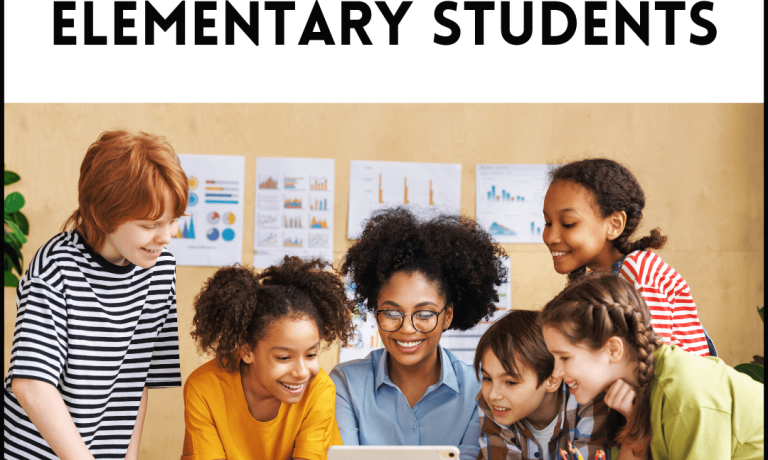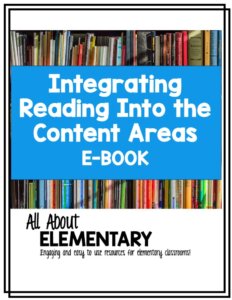Teaching primary and secondary sources to elementary students doesn’t have to be complicated! As social studies teachers, we know these foundational research skills are crucial for developing young historians. In this post, I’ll share proven strategies that make distinguishing between primary and secondary sources engaging and accessible for your students.
Understanding Primary and Secondary Sources
Having taught primary sources to both first and third grade students, I quickly discovered that my district had limited resources for teaching social studies. I knew I needed to create my own materials to give my students meaningful learning experiences.
A primary source is a record of events as they are first described, witnessed by the people who were directly involved. Some examples include diary entries, photographs, interviews, and original artwork. In contrast, secondary sources are records of events written after they take place by someone who wasn’t present. These include textbooks, websites, books, and articles.
Hands-on Learning Activities
One of my favorite aspects of teaching this topic is sharing my passion for historical discovery with students. When they learn to examine multiple sources, they develop critical thinking skills and form their own opinions. Try this engaging activity: Create a digital scavenger hunt where students search for different types of secondary sources online. Afterward, have them work in pairs or small groups to evaluate why each source is secondary rather than primary.
Making Connections to Reading Skills
Primary and secondary sources naturally connect to reading and writing instruction. For example, a biography or autobiography writing unit can deepen students’ understanding of these source types. Reading various accounts of the same historical event helps students build background knowledge while improving their reading skills. In my free e-book, “Integrating Reading into the Content Areas,” I share strategies for comparing different accounts of the same event and analyzing how details vary based on the author’s perspective.
Assessment Strategies
For formative assessment, have students:
- Sort a list of sources into primary and secondary categories
- Create research bibliographies identifying source types
- Compare multiple accounts of the same historical event
- Analyze the reliability of different source types
Conclusion
Teaching primary and secondary sources builds critical thinking skills that extend far beyond the social studies classroom. By using these engaging strategies, you’ll help your students become confident historians who can analyze and evaluate different types of sources effectively.
Ready to transform how you teach primary and secondary sources? Download my free “Integrating Reading Into the Content Area E-BOOK” to discover even more strategies for combining literacy skills with social studies content. This comprehensive guide includes ready-to-use activities, assessment tools, and cross-curricular connections that will save you time and engage your students.
You can also check out all of my social studies resources on Teachers Pay Teachers!
Get my Free E-Book: Integrating Reading Into the Content Areas Here!


